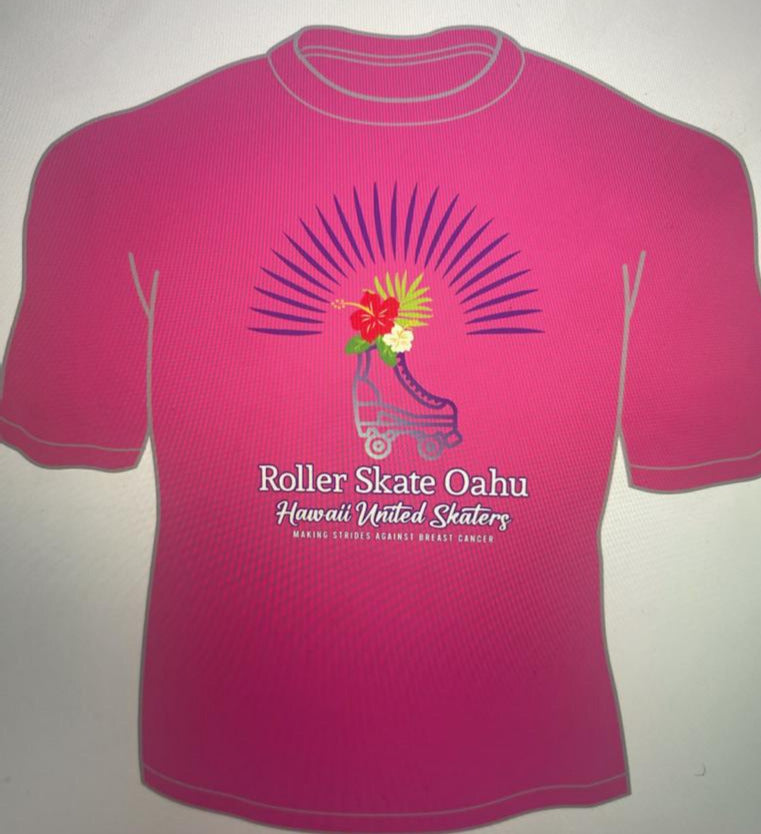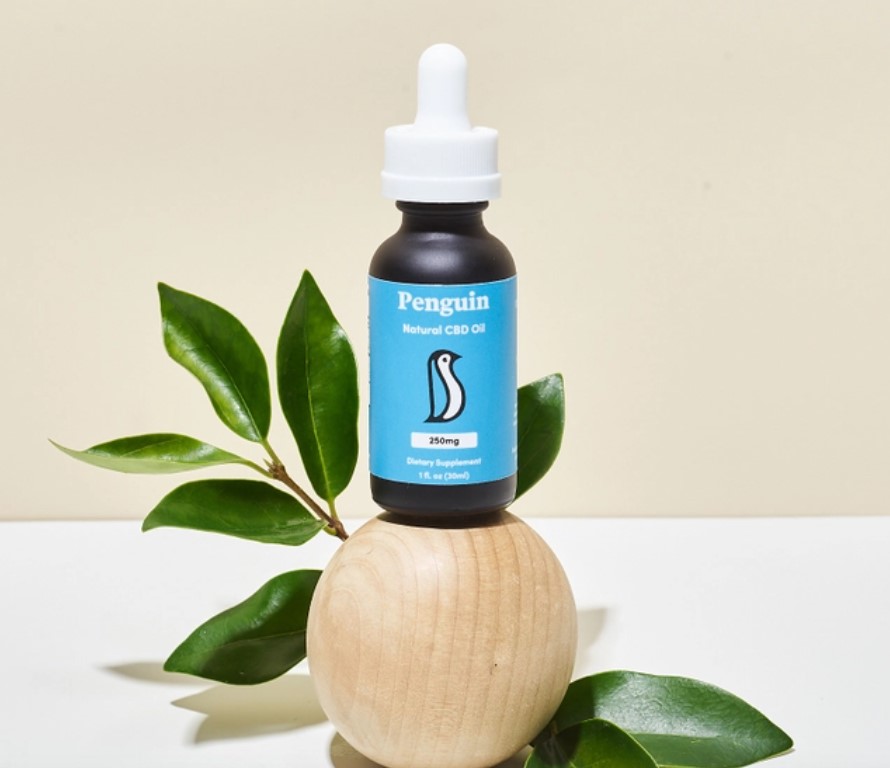
Hemp is a valuable natural resource. Its high leaf turnover rate prevents water loss from the soil, and its leaf litter provides substantial inputs of organic matter. Hemp's leaves also decompose prior to processing and provide a protective cover from evaporation and rain. In addition to these benefits, hemp plants are highly nutritious and can be used as a natural fertilizer.
Cannabis sativa
Cannabis sativa hemp, also known as cannabis sativa, is one of the fastest growing plants on the planet. It is used for industrial and medical purposes. Its fiber is used in various products and has an extremely versatile use. It is also the most versatile plant. Cannabis sativa has a fast-growing plant, making it ideally suited for agricultural production.
Cannabis sativa produces a unique group of chemicals known as cannabinoids. Hemp is a variety of the cannabis plant, and its leaves are used in the production of a wide range of products, from food and textiles to food and animal feed. This versatile plant is an excellent alternative fuel source.
The genome of plants is a valuable resource for studying their genetic makeup. This information can be used to develop new strains of marijuana with desirable properties and provides a genetic foundation for different varieties. This knowledge will be useful for the development of therapeutic cannabis strains. This knowledge is also useful in breeding hemp with improved agronomic traits.
There are many beneficial components in hemp seeds. They contain flavonoids, terpenes, and antioxidants. These compounds can be applied topically, and can help prevent the formation of fine lines and wrinkles. Moreover, they strengthen the skin's barrier and reduce the accumulation of bacteria. Cannabis sativa hemp seed oil contains up to 80% polyunsaturated fatty acids. These compounds reduce inflammation and aid the body's immune system to fight off any damage.
Cannabis sativa is a versatile ingredient that can go into many products. The fibers obtained from hemp plants are extremely useful for making textiles, clothing, and paper. Hemp seeds are rich in omega fatty acids, and other essential nutrients. They are often used to treat many diseases.
CBD is an anti-inflammatory compound with antioxidant properties. CBD has many health advantages. It is linked to inflammation, which can lead to cancer and other degenerative conditions. CBD promotes apoptosis and inhibits cell proliferation. Research into the effects of CBD in the body is ongoing, but so far, this plant is a promising medicinal option for many diseases.

It is possible to grow cannabis plants easily from seeds. This makes it easier and more efficient to produce industrial hemp. The life cycle of the plant can take four to six months and the crop can reach up to five metres (16 feet) tall. The hermaphrodite variety of cannabis is also available. They are a better choice for production.
High amounts of vitamin E in cannabis sativa seeds oil support the skin's natural moisturizing barrier. It is also not acnegenic, so it is a good choice for all skin types. It balances oily skin with dry. Also, hemp seeds contain omega 3 and 6 fatty acids.
The use of cannabis in food is regulated. To protect consumers, the FDA has a policy. Before products containing cannabis can be made available to the public, they must be approved by FDA. The FDA has not received any reports of adverse effects related to cannabis products, but adverse events from accidental ingestion of the plant are well documented in the scientific literature.
Cannabis sativa oil is rich in nutrients and is obtained from the seeds. It has been widely used in food and cosmetics for many years. Recent years have seen its popularity in cosmetics. It is richly antioxidant-rich and has powerful hydrating properties.
The study showed that hemp seeds have a varied amount of D9,THC. The average level was twelve to sixteen mg per gram, while the highest concentrations were found in drug-type cannabis seeds. There is a possibility that there will be significant variation due both to inhomogeneity and differences in extraction methods.
Cannabis sativa hemp is a form of cannabis that contains only small amounts of THC (tetrahydrocannabinol), and no other psychoactive effects. It can be used for personal care, pharmaceuticals, construction materials, and paper.

Cannabis sativa has been used for thousands of year in many cultures around the world. It has been used as a food, fuel, nutritional supplement, and body care product. Hemp was a fiber crop until the early 1900s. However, competition from other plant fibre sources lowered demand for hemp.
FAQ
How can CBD products be successfully promoted by companies in a regulatory-compliant way?
The FDA does no regulate hemp as a crop commodity. The Controlled Substances Act governs all other cannabis derivatives, such as marijuana. CBD has yet to be subject to specific regulations.
CBD is legal at the state level in 29 states, but federal law still considers it illegal. This uncertainty is a problem for CBD-product sellers.
The FDA also maintains strict guidelines on how CBD products may be marketed. For example, they must clearly disclose any product's THC content. Without supporting scientific evidence, CBD cannot be claimed to treat certain medical conditions.
Additionally, the FDA requires manufacturers submit information about manufacturing practices and quality control. They require companies to carry out clinical trials to prove safety or efficacy.
Companies should consider these factors when developing their own marketing strategies.
Is CBD still a viable alternative?
Yes. It's not because it has medical benefits, but rather because it can help people feel better and not get high.
It doesn't make any difference to your feelings when you use it, making it an ideal alternative to prescription medication.
And as we know from studies, there is a lot of evidence showing that cannabis helps with pain relief, anxiety, depression, insomnia, and many other conditions.
Cannabinoids found in cannabis also interact with the receptors in our brains. This interaction produces feelings of relaxation and well-being.
You should understand the effects of CBD oil on your body and health if you are considering using it.
What is the difference in CBD prices between states?
Prices for CBD products can vary depending on where you live. The prices of CBD products can vary more than tenfold depending on where they are located.
The prices go up the further you go north. For example, in Alaska, CBD costs an average of $35 per gram, while in Hawaii, it costs around $200 per gram.
This trend is continued across the nation. Prices range from $5 to over $2,500 per gram.
Why is this happening to you?
Prices vary because of different levels of regulation. Some states require CBD products that contain very little THC, the psychoactive component of cannabis. Others do not care about the level of THC.
This is why some companies decide to sell products in one country and then send them to another.
Is CBD a good place to invest?
As hemp-based products gain popularity, so does the market. According to some estimates, there will be 1 billion dollars worth of hemp-based products in stores by 2022.
The market is expected to continue growing at over 20% per year until 2020 when it reaches $2.5billion.
Hemp oil is already used in many beauty and health care products such as lotions, shampoos, lip balms, moisturizers, body butter, and skin creams.
There are many companies that produce CBD-infused foods, snacks, pet food and dog treats.
CBD is legal in all 50 states. However, this could change very soon. CBD will become more widely used as a legal substance in the future. This will allow businesses to be more legally able to do business.
With all these factors in mind it is clear that CBD investing can prove to be a lucrative venture.
Statistics
- CBD seems unlikely to directly influence sleep in healthy humans [115] (and maybe “sleep-promoting” in those with certain comorbid conditions) (ncbi.nlm.nih.gov)
- While the primary injury may not be treatable, interventions that attenuate secondary sequelae are likely to be of benefit [203].Only one study (ncbi.nlm.nih.gov)
- however, one study also found that these effects were virtually abolished when the original media (a nutrient broth agar) was replaced with one containing 5% blood (increasing the minimum concentration to ~160 μM CBD) [179]. (ncbi.nlm.nih.gov)
- HR −16 mmHg; 95% CI −26, −6; I2 = 92%) (ncbi.nlm.nih.gov)
- As a substance that was federally illegal before the passage of the 2018 Farm Bill, hemp-derived cannabinoids with no more than 0.3% THC still face a regulatory grey area. (forbes.com)
External Links
How To
How To Get Certified For Selling CBD Products
One of many cannabinoids found within cannabis plants is CBD (cannabidiol). It has been used medicinally in many countries throughout history, including traditional Chinese medicine and India. The ability to treat conditions such anxiety, pains, epilepsy, and inflammation has made CBD products extremely popular in recent times. However, CBD products cannot be sold by anyone unless they are certified by the U.S. This means that any person who wants to sell CBD products must use the "unofficial" process called self-certification.
There are two methods to do this. The first is to join a local association of canna-business owners. You can get support and advice from other members while learning from them. There are currently many associations across the country. Second, you can go online. Most states now allow canna-businesses to operate online. You can create your own website and start taking orders immediately if you are allowed to do so. But, you still need to register with your state's Department of Public Health. Once you have registered, your state's Department for Public Health will issue you a license. Once you have received your license you are officially authorized to open your store, accept orders, and close it.